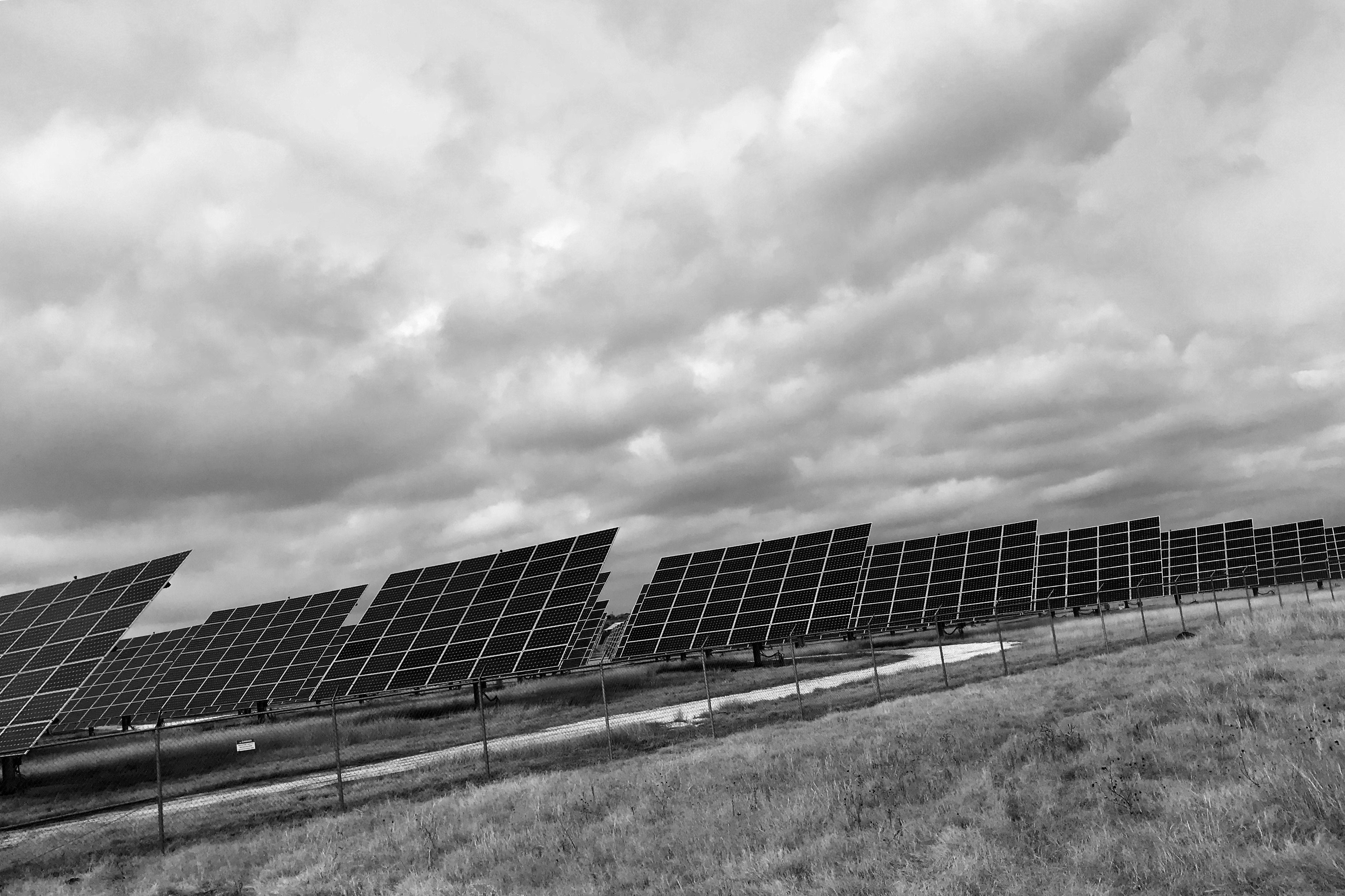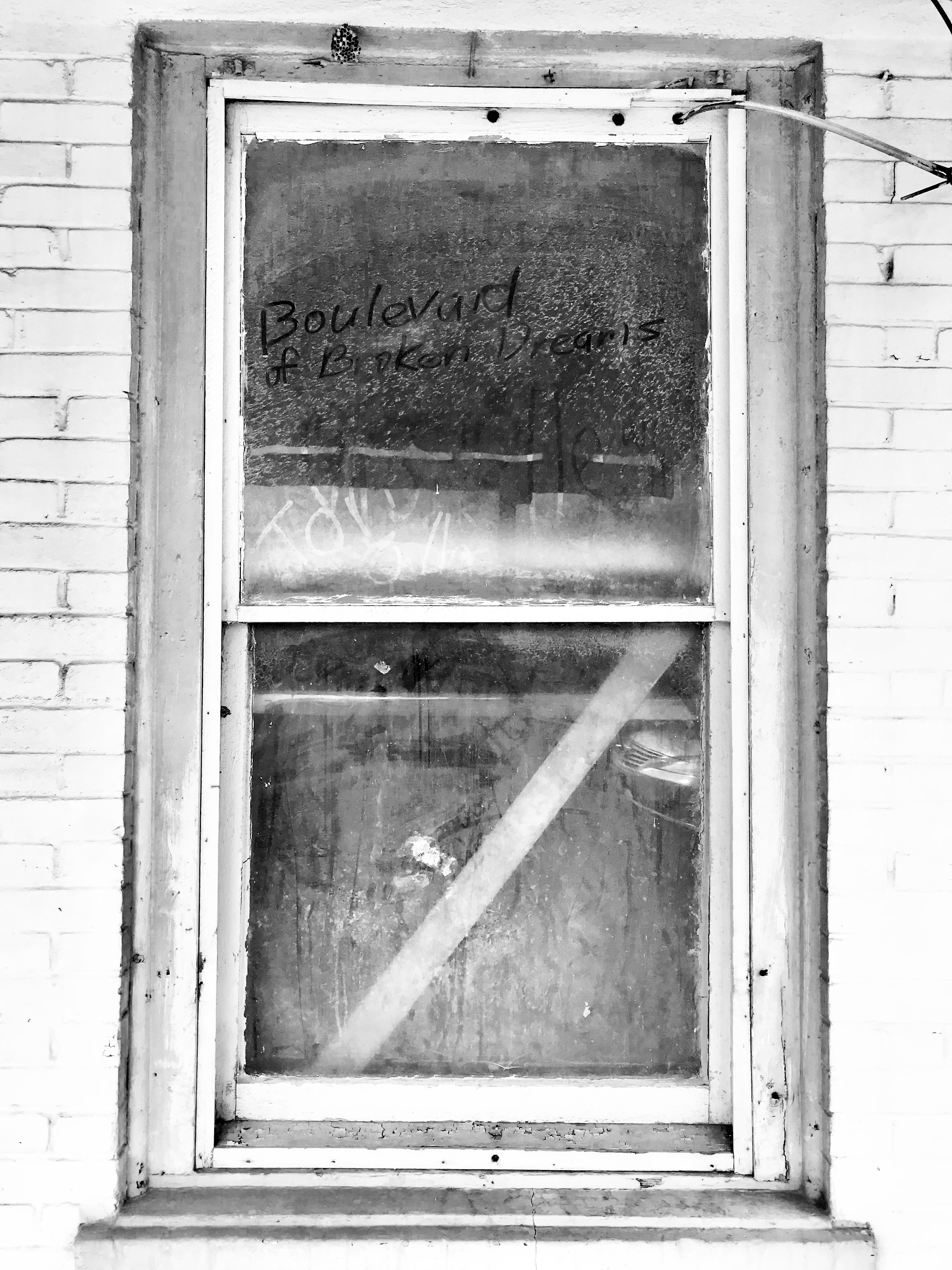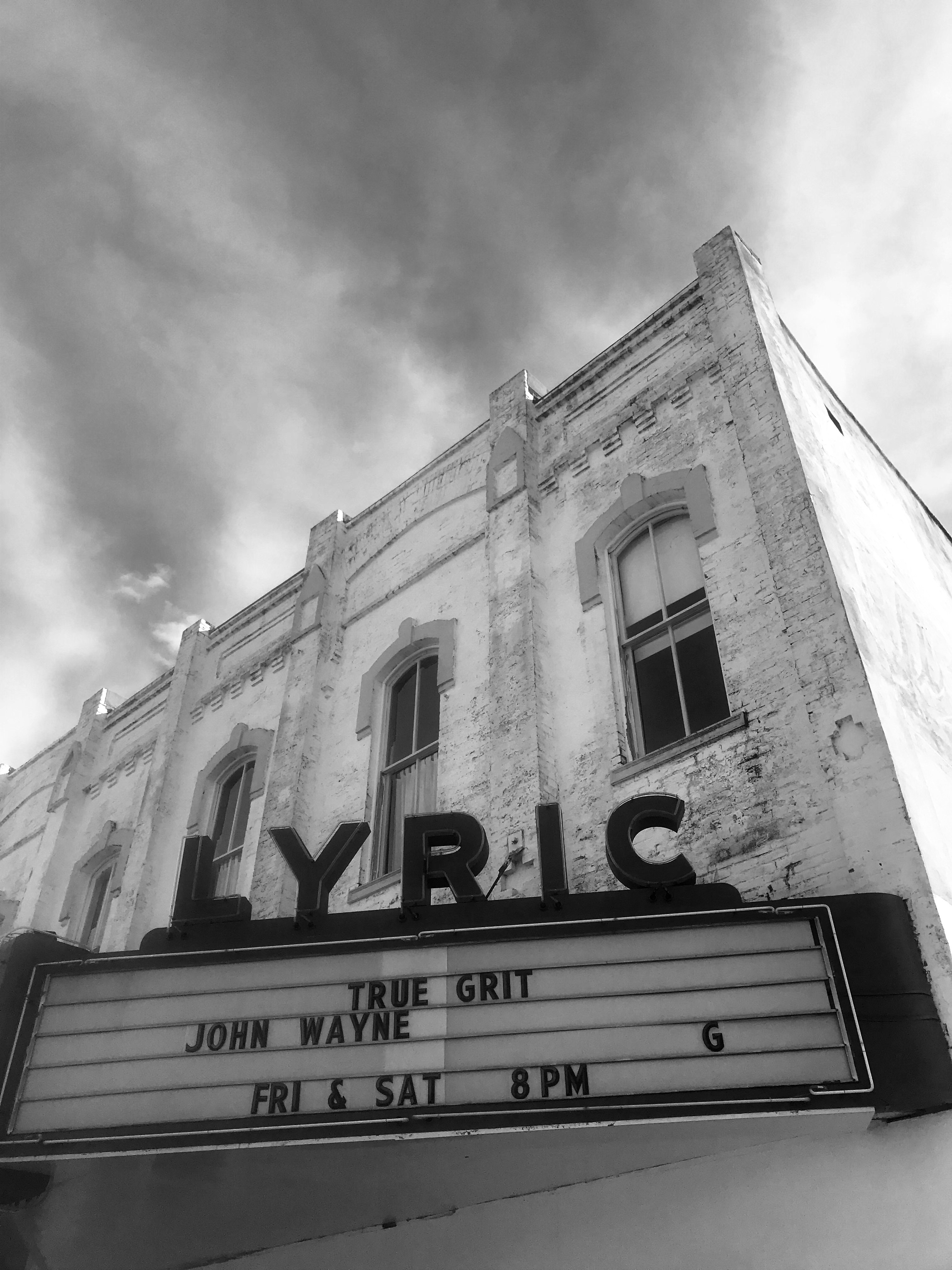You have /5 articles left.
Sign up for a free account or log in.
We were out of time. Matt went back to work, and Dustin went back to Lubbock. Leaving San Antonio, Donato and I passed a huge solar farm on the edge of the city.

It was like seeing the future—the new Texas. The Texas Tribune reports that the “Electric Reliability Council of Texas, which runs the state’s electricity grid, projects that solar power could contribute up to 28,100 megawatts to the grid within the next 10 to 15 years, an enormous increase from the roughly 1,000 megawatts currently on the grid.”
A common saying now is that “as Texas goes, so goes the United States.” CBS’ Moneywatch titled a piece last year, “The Future of Renewable Energy is in Texas,” and pointed out that Texas “now produces more wind energy than most countries.”
But natural gas and coal plants still provide the vast majority of electrical power in Texas. In January President Trump imposed tariffs on renewable energy that are expected to severely affect the $28 billion industry nationwide.
A few miles up the highway we stopped in Flatonia, a 145-year old town built at the intersection of what used to be the two main rail lines in Texas. In addition to white, Hispanic or Latino, black, and Native US citizens, it drew Czech, German, Slovak, Italian, Greek, and Arab immigrants. It now has 1,300 residents—not many more than when it was founded in the 1870s. Businesses on the main street were closed and many vacant.


We had a good lunch in the Red Vault Bistro, across from city hall and next to the Lyric movie theater, which is (still?) playing John Wayne. Old Texas, or Imagined Texas.
For no good reason I thought of (then) Secretary of State Rex Wayne Tillerson, who’s proudly from Texas, is named for John Wayne and cowboy actor Rex Allen, and often uses cowboy metaphors when speaking publicly.
“I ride for the brand,” he told 60 Minutes recently of his statesmanship. “My word is my bond.”

